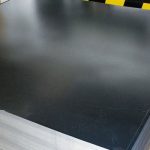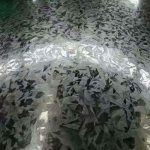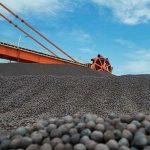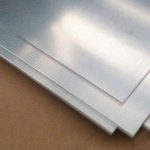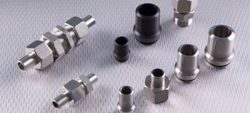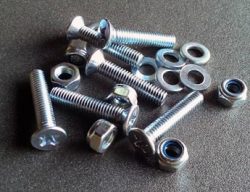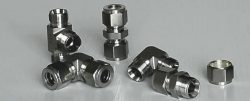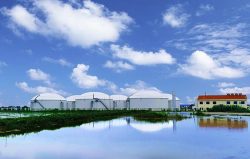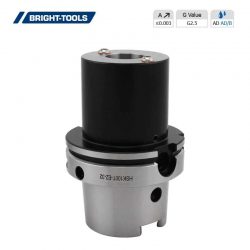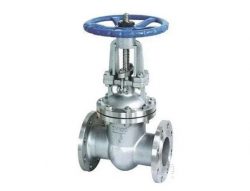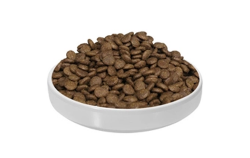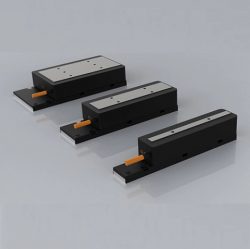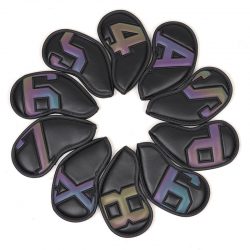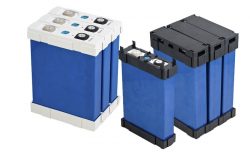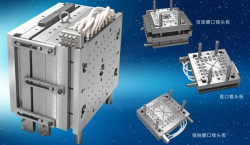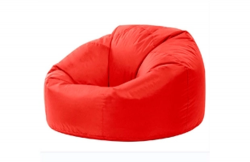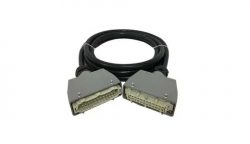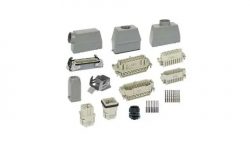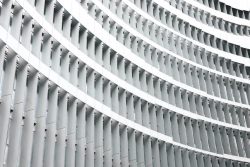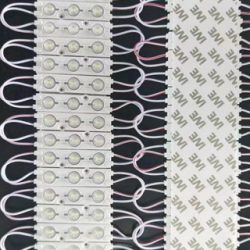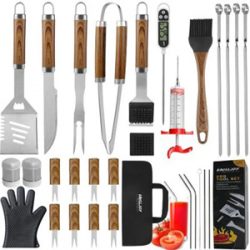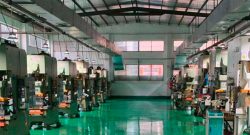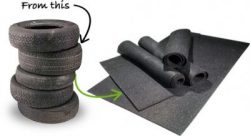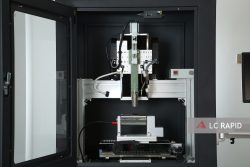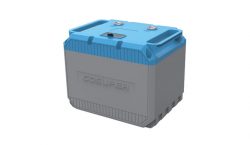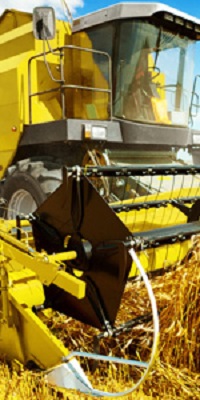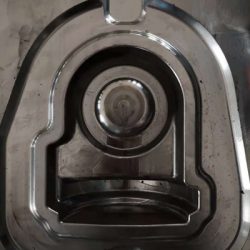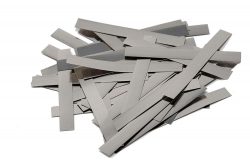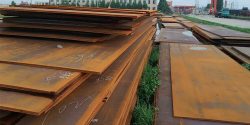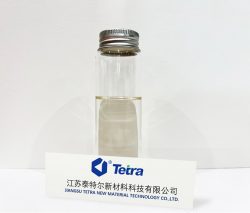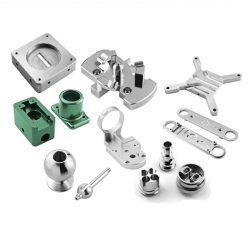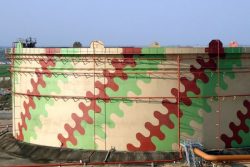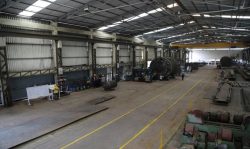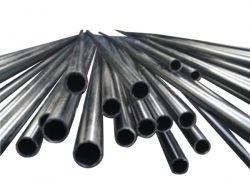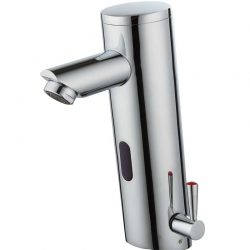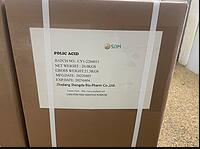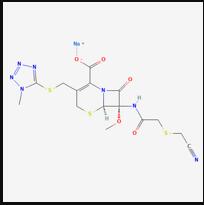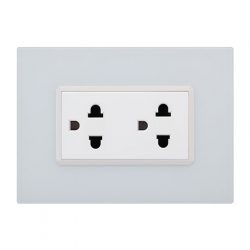Hot Briquetted Iron (HBI Iron)
Definition of HBI
Hot Briquetted Iron, known as HBI or HBI iron, is a premium form of Direct Reduced Iron (DRI).As a supplement for pig iron and scrap in electric furnace steel mills. It is a compacted form of direct reduced iron (DRI), which facilitates its handling, storage, and use. Direct Reduced Iron (DRI) has been compacted at a temperature greater than 650° C at the time of compaction and has a density greater than 5,000 kilograms per cubic meter (5,000 kg/m3).
Typical Specifications of HBI
CHEMICAL COMPOSITION
Total Iron(T Fe)
86.5±1
Metallic Iron(M Fe)
80±1
Metallization
91±1
C
0.9 Ave
AL2O3
0.3 Ave
Sio2
3.2 Ave
Phosphorous(P)
0.05 Max
Sulphur(S)
0.01 Max
MgO
2.5 Ave
CaO
0.8 Ave
Physical Analysis
Size(mm)
145x55x35
Weight of each piece(g)
850
Bulk Density
2.7
Apparent Density
5
The advantage of Hot Briquetted Iron (HBI)
HBI is a much safer form of DRI than DRI pellets. It is far more resistant to overheating if it becomes wet. HBI was developed as a product in order to overcome the problems associated with shipping and handling of DRI – due to the process of compaction it is very much less porous and therefore very much less reactive than DRI and does not suffer from the risk of self-heating associated with DRI.
The principal market for HBI is electric arc furnace (EAF) steel-making, but HBI also finds application as a trim coolant in basic oxygen furnace (BOF) steel-making and as blast furnace feedstock.




